Tag: Pain Management
-
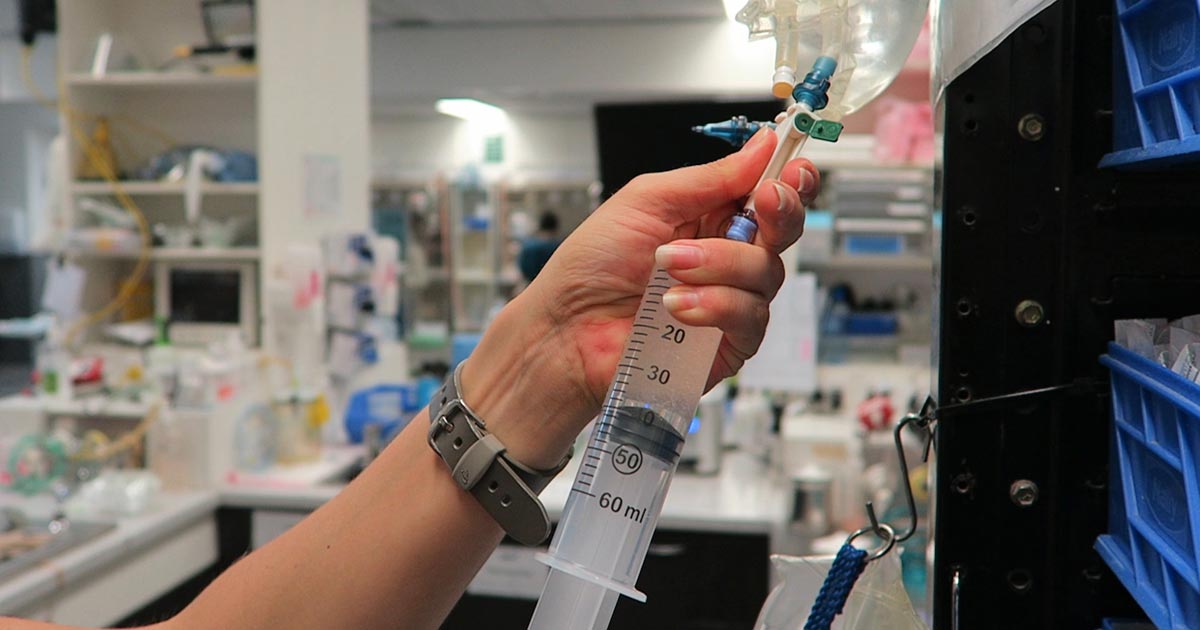
Focus on GDV, part 1: resuscitation
—
by
Last month we covered a bit of pathophysiology, presenting pathophysiology, presenting clinical signs and the radiographic diagnosis of gastric dilatation-volvulus (GDV). Now we cover the three things you need to do as soon as a suspected case is presented: IV fluid resuscitation decompression of the stomach pain relief Depending on the number of staff you…
-

Christmas dangers
—
by
Christmas can be a busy time for vet clinics, so here is a list of common intoxications and conditions to keep an eye out on during the festive period. Chocolate Numerous online calculators can determine whether a toxic dose has been consumed and they are a great place to start. I always perform emesis in…
-
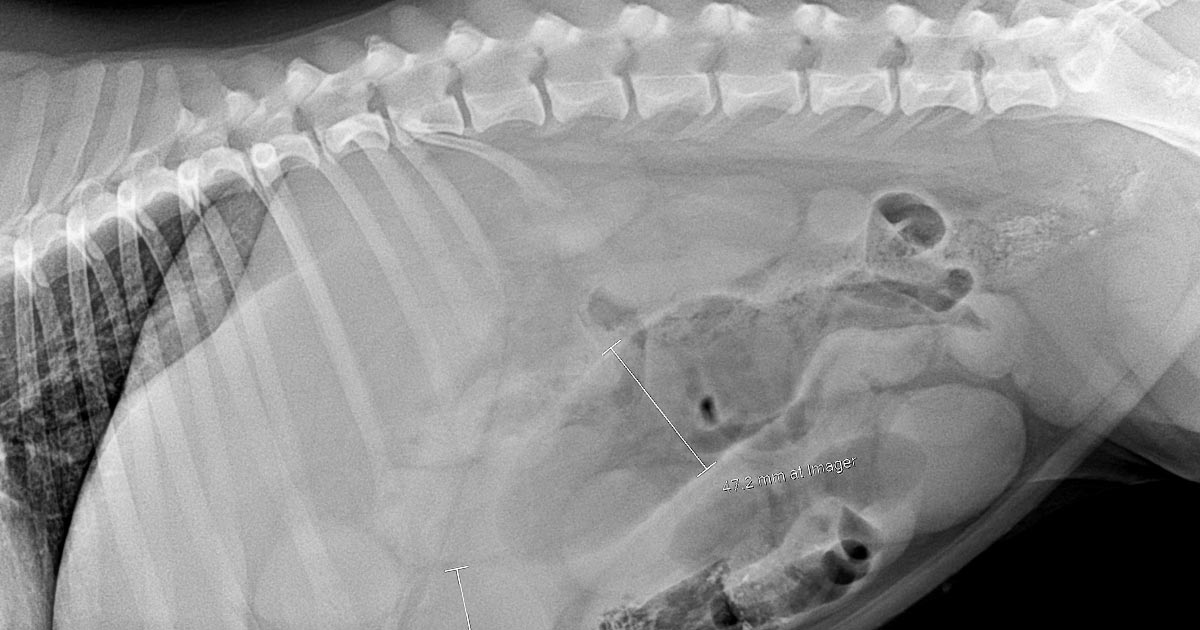
Abdominal radiography, part 2
—
by
Last week’s tips (Abdominal radiography, part 1) were about taking appropriate images. Now, here are some tips on interpreting those images. Interpretation I often find there is too much to look at and it gets confusing with overlapping organs. I like to step back and look from a distance; sometimes, this gives me an overview…
-

Diarrhoea at midnight: the OOH conundrum
—
by
The veterinary staffing crisis is hitting out-of-hours providers, which could potentially have a huge impact on the rest of the profession. Practices that outsource their out-of-hours care have been warned to have a contingency plan, while those struggling to staff their own in-house OOH services won’t have the option to outsource. There is no ideal…
-
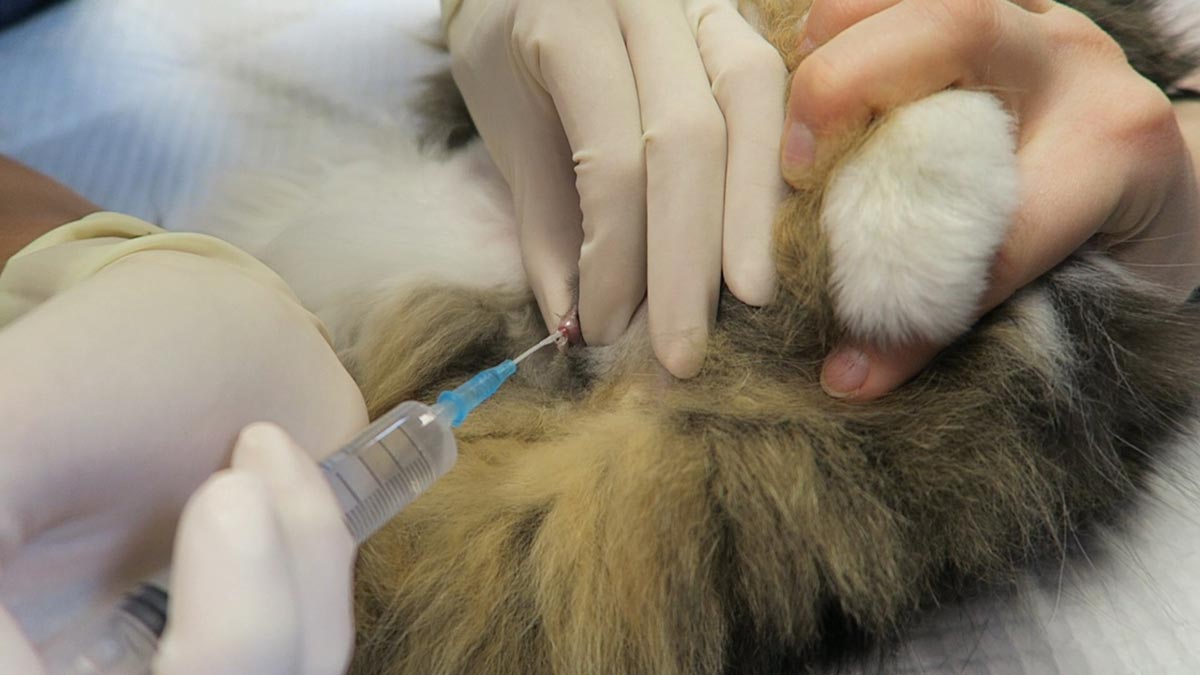
Temporary catheters in obstructed FLUTDs: buying time with a blocked cat
—
by
Obstructive feline lower urinary tract disease (FLUTD) is a common presentation in both general practice and emergency settings. Every clinician has his or her own approach to treating and managing a cat with obstructive FLUTD signs. Working in an emergency setting, once I have confirmed an obstructed bladder via palpation, I focus on trying to…
-
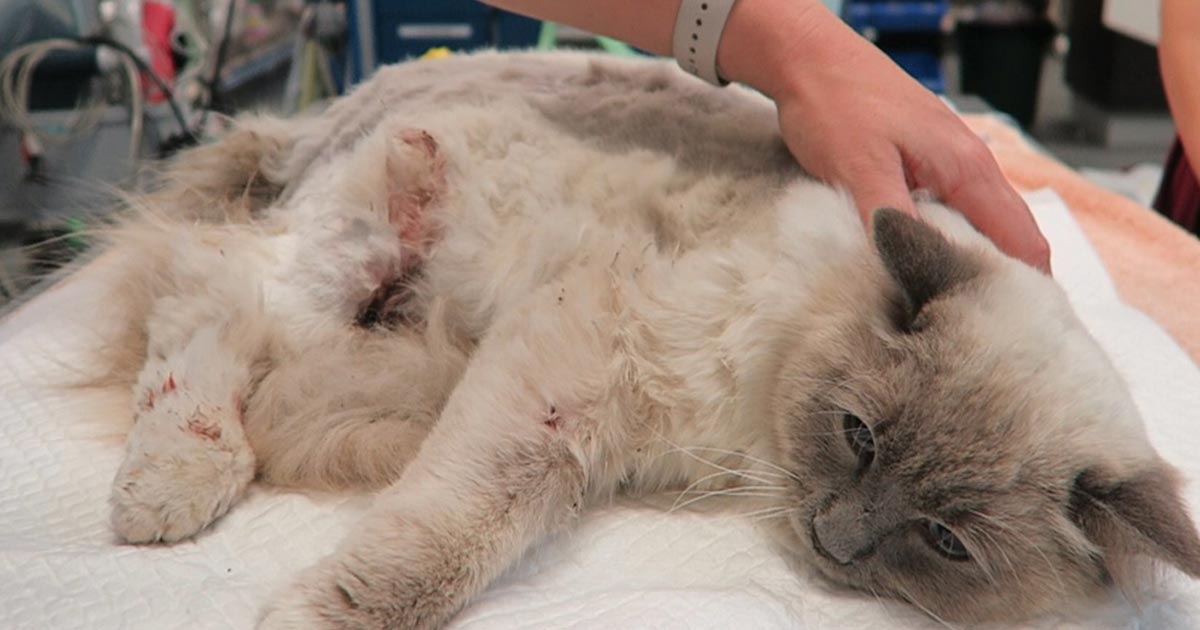
Cat bite abscesses
—
by
Cat bite abscesses are one of the most common presentations in general practice. Even in an emergency setting, I see a number of these patients. Usually they are obvious, but, occasionally, they’re not so obvious and the patient comes in lethargic, inappetant and often “painful”. Overly dramatic? One thing I’ve learned in my time is…
-

Different spoons
—
by
An obvious statement, but as a creature of habit on several fronts its taken me a while to realise that one of my usual non-negotiables in life has to go. Speaking as a spoonie, this is a biggie, but I have cancelled my gym membership and don’t think I’ll be starting another one any time…
-

Making sense of effusions (part 1): is your patient septic?
—
by
Interpreting effusion samples can be confusing, so try to think of effusions as if you were collecting a blood sample. Many of the in-clinic diagnostic tests that apply to blood samples also apply to effusions, such as: PCV/total protein smears glucose lactate potassium creatinine bilirubin It’s not enough to only check the protein concentration of…
-
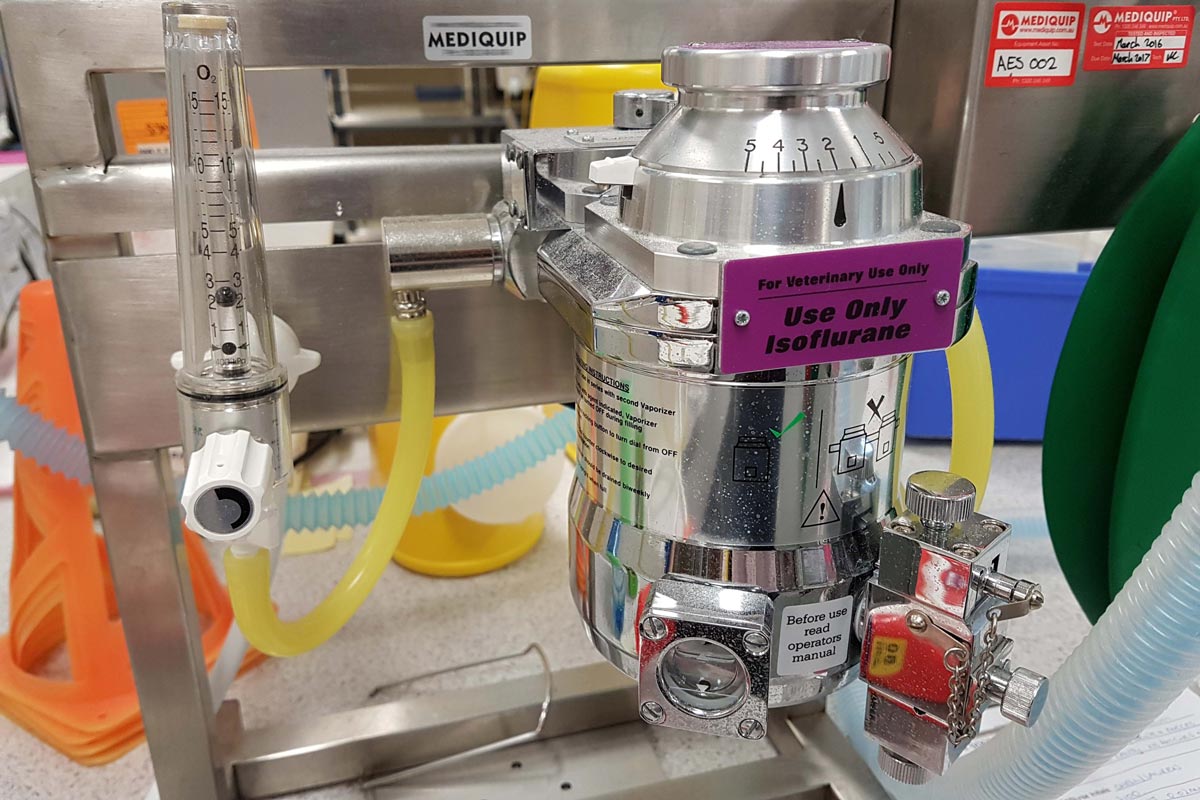
Isoflurane and oxygen: the dangers of 2 and 2
—
by
It is a common practice to place all patients on 2% isoflurane and 2l/min oxygen flow rate, but blanket isoflurane saturations and oxygen flow rates can be dangerous. Without a doubt, the majority of patients seem to do just fine at these levels; but every patient is different, and simply placing all patients on 2%…
-

Online learning vs the university experience
—
by
With education secretary Gavin Williamson recently coming forward to suggest that universities should reduce their fees if they choose not to return to face-to-face teaching, the question is being asked once again if online teaching can really hold its own against the real thing? Loneliness One of the main trials of the vet course has…